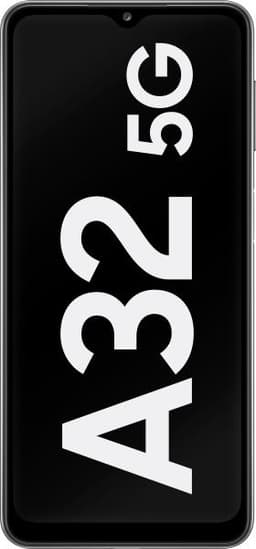- Archive
- Samsung Galaxy A32 5G vs vivo Y15s
Samsung Galaxy A32 5Gvsvivo Y15s
We compare these two popular phones to help you decide which one fits your needs and budget better.

Quick Stats

Quick Stats
Note: Highlighted specifications show differences between the two devices.
| Metric | Samsung Galaxy A32 5G | vivo Y15s |
|---|---|---|
| Connectivity | #353 Winner | #801 |
| Design | #797 | #384 Winner |
| Display | #800 Winner | #821 |
| Performance | #717 Winner | #820 |
| Battery | #656 Winner | #840 |
| Camera | #329 Winner | #808 |
Note: Lower rank number indicates a better position in category.
No significant specification differences found between these devices.
Samsung Galaxy A32 5G
Strengths
Weaknesses
vivo Y15s
Strengths
Weaknesses
Samsung Galaxy A32 5G
Experience the Samsung Galaxy A32 5G: a vibrant display, quad-camera system, long battery life, and sleek design for a smooth Android experience. 5G-ready with dual SIM support.
vivo Y15s
The Vivo Y15S is an entry-level smartphone that defies expectations, offering a premium feel at an affordable price point. With 3GB of RAM and 32GB of internal storage, this device performs admirably for its class. Design-wise, the phone features a plastic body with a wave green color that looks stunning, weighing in at 179 grams. The rectangular rear camera module and fingerprint sensor are notable highlights. While not ideal for one-handed use, the phone's size is perfectly balanced. Display quality is another strength of this device, boasting a 6.5-inch IPS display with a 720x1600 resolution. Media consumption is seamless, with vibrant colors and good contrast levels. The Mediatek P35 processor powers Android 11, although some may find it underwhelming considering the price point. The camera setup includes a 13MP primary sensor and a 2MP macro lens, producing decent photos in well-lit conditions but struggling with dynamic range. A 5,000mAh battery provides long battery life, albeit slow charging speeds of around three hours to full charge. Ultimately, the Vivo Y15S is a capable device that feels like more than an entry-level smartphone. While it may be overpriced and feature a relatively modest processor, its premium build quality and respectable performance make it a solid choice for casual users and those looking for their first Vivo experience. However, some users might find the pricing too steep considering the chip used. A budget-friendly device that punches above its weight class, the Vivo Y15S is worth considering for its excellent battery life and premium build quality.
Need help choosing?
Read our detailed reviews to understand which device is better for your specific needs and budget.
Compare other phones
Explore comparisons between any other phones
Choose two different items to see a detailed comparison of their specifications, performance, and features